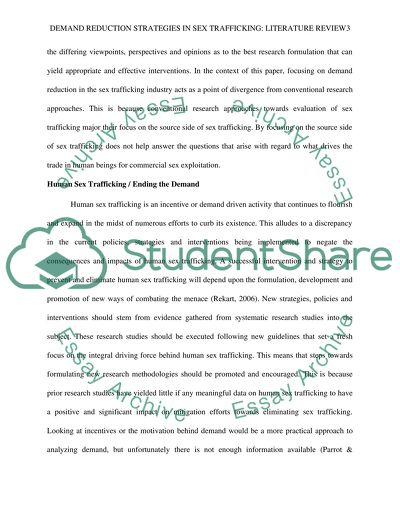Cite this document
(“Brief Review of the Literature Assignment Example | Topics and Well Written Essays - 3000 words”, n.d.)
Retrieved from https://studentshare.org/sociology/1485363-brief-review-of-the-literature
Retrieved from https://studentshare.org/sociology/1485363-brief-review-of-the-literature
(Brief Review of the Literature Assignment Example | Topics and Well Written Essays - 3000 Words)
https://studentshare.org/sociology/1485363-brief-review-of-the-literature.
https://studentshare.org/sociology/1485363-brief-review-of-the-literature.
“Brief Review of the Literature Assignment Example | Topics and Well Written Essays - 3000 Words”, n.d. https://studentshare.org/sociology/1485363-brief-review-of-the-literature.


